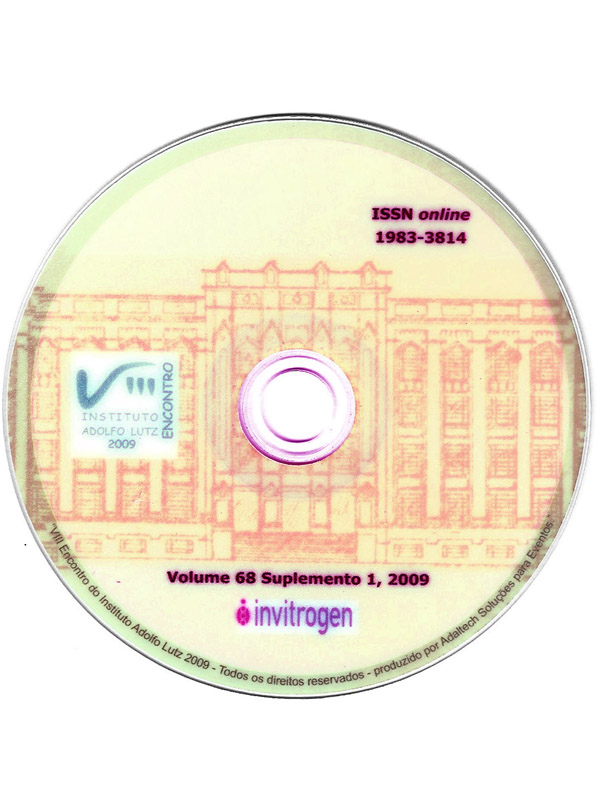Resumo
Neisseria meningitidis causes serious disease with high case fatality rate even with appropriate treatment. The resistance to some antimicrobial agents used either for therapy or for prophylaxis of cases contacts has long been reported in several parts of the world. The aim of this study was to analyze the profile of antimicrobial susceptibility of meningococcal disease isolates collected throughout Brazil from 2006 to 2008, and forwarded to the National Reference Laboratory for Meningitis, Institute Adolfo Lutz - São Paulo. The MIC to penicillin, ampicillin, chloramphenicol, ceftriaxone, ciprofloxacin and rifampicin, using the broth microdilution procedure described in CLSI document M7-A7, was determined in a sample of 1096 (55% of the total isolates received) randomly chosen. The breakpoints used were those recommended by the European Monitoring Group on Meningococci (EMGM). Decreased susceptibility to penicillin (PenI ) and ampicillin was detected in 13.0% and 12.9 % respectively. There was no association neither between the PenI prevalence and gender (P=0.279), age (P=0.076), or geographic region (P=0.091). The prevalence of isolates PenI was similar (P=0.742) between the serogroups B, C, W135 and Y. Reduced sensibility to penicillin was not particularly associated with any serosubtype. All isolates were susceptible to chloramphenicol, ceftriaxone, and ciprofloxacin. Two strains (0.2%), belonging to the phenotypes B: 4, 7:P1.19, 15 and C: 23:P1.14-6, showed high resistance to rifampicin and 0.5% of the isolates displayed intermediate resistance to rifampicin. The analysis of the molecular mechanism of rifampicin resistance of the B:4,7:P1.19,15 isolate showed a 552 Hys → Tyr substitution on the rpoB gene. These data indicate that meningococcal strains isolated in Brazil during 2006-2008 were globally susceptible to all antibiotics currently used in treatment or chemoprophylaxis of meningococcal disease in Brazil. CNPq: 301340/2007-2 (Brandileone,M.C.C.)

Este trabalho está licenciado sob uma licença Creative Commons Attribution 4.0 International License.
Copyright (c) 2009 MCO Gorla, MV Paiva, SCG Almeida, RC Zanela, C Zanelato, M Galhardo, VC Salgueiro, APS Lemos, AP Brandão, JA Vázquez, MCC Brandileone
